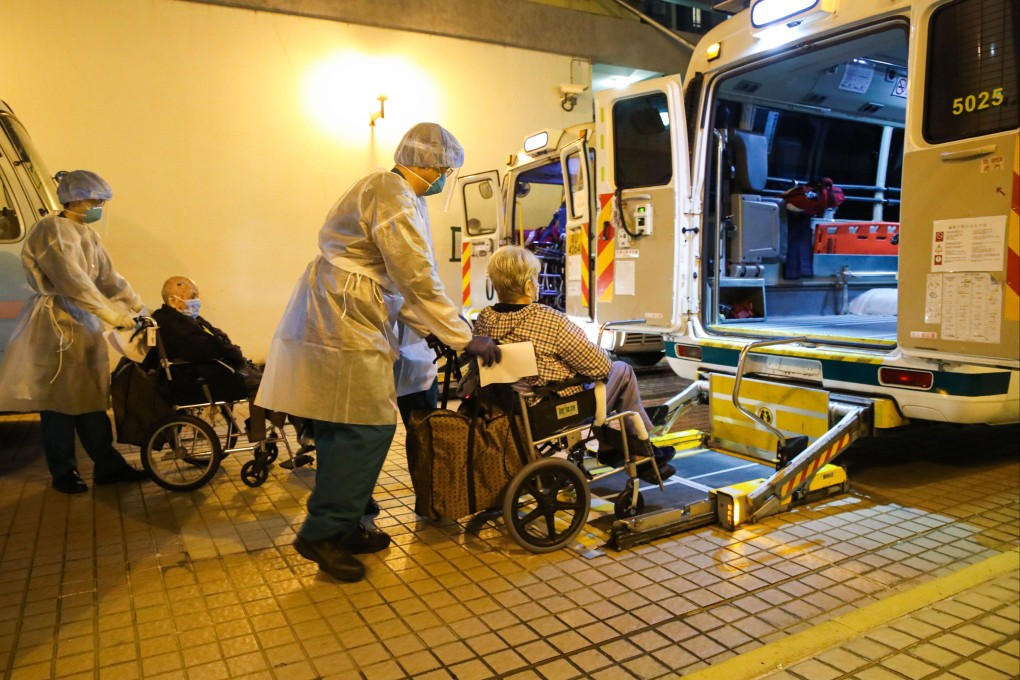Old, unvaccinated, a disaster waiting to happen: how Hong Kong’s care homes for elderly fell to Covid-19 when Omicron arrived
- Understaffed homes without proper isolation facilities could not cope with keeping sick residents
- Crisis far from over as too many elderly residents are not vaccinated, have chronic health issues

The highly transmissible Omicron variant of the coronavirus tore through the homes from early last month, leaving about 11,000 residents infected and at least 680 dead as of Saturday. About 3,100 staff were also infected.
Overall, 589 care homes for the elderly – three in four of all such facilities in Hong Kong – have recorded Covid-19 infections.
Medical experts and operators of the homes blamed not only the speed with which Omicron spread, but also the low vaccination rate among their residents, already vulnerable because of their advanced age and underlying health issues.
“The infection and death rate of the elderly residents in care homes will keep rising, unless isolation and vaccination are implemented promptly,” said Dr Leung Chi-chiu, an expert in respiratory disease and public health.
“Omicron, the particularly low vaccination rate among residents and the unsuitable environment of care homes for on-site quarantine have led to where we are today.”
Infectious diseases expert Professor Yuen Kwok-yung estimated that only 20 to 30 per cent of care home residents remained uninfected, and expected the death rate among them to remain high.
